Digital Transformation is still the primary focus area of almost every organization, irrespective of its size or industry. Which is unsurprisingly, with articles, Ted talks, and headlines indicating to us that whoever is not jumping on the digital train fast enough will be left behind. AI. Blockchain. Industry 4.0. Interconnectivity. Meta. 5G. VR. It feels like every week blasts another sense of urgency into the collective awareness. But have we lost sight of the forest because we are barking at the wrong (digital) tree?
Still, to this day, most digital transformation initiatives fail. Whether it be 7 or 9 out of 10 – the odds are not in your favor and there is a reason for that. As an organization and advisors, we have specialized in the accompaniment of digital transformation initiatives of all types and shapes for over 15 years. And we find that the focus in most organizations is on numbers, and technology – and little to no at all on people. And this is, in our opinion, the reason that most of them fail.
Digital Transformation never was, nor will it ever be, just about technology, or about taking a process or task and “switching” it to digital. If you do not critically assess the process (or issue), then digitalizing it will not remove the issue, solve the problem, or improve the process. If you did not meet your customer need or create value before, you won`t do it now either, even if it has the newest and fanciest digital bells and whistles attached.
Digital transformation is not a magic wand. Without revisiting, critically assessing, and even redesigning current tasks and processes, aligning them with your business model, and taking a cross-functional approach to the implementation, the initiative will not succeed. Any change or transformation process that wants to be successful must start with the foundations – and not with the top. Not with the strategy, but with skills and competencies that enable tasks and goals.
Here are the three steps that we recommend you take if you decide to embark on a digital transformation journey:
- Put people at the center of the process.
- Break the process down into sizeable bits.
- Technology comes last. Put people at the center of the process
The last 2 ½ years have force-transformed the way any organization handles talent. Remote and/or the new way of work, the big resignation, talent shortage, and reskilling…to name just a few aspects of the talent focus areas of today. A new generation takes its place in the market, and another one (which we relied on big time!) is leaving. VUCA has become the new normal, and the blur between personal and professional life is adding to the divide. And it is right at this time that a successful digital transformation might represent the make-or-break aspect of your business model. So, what can you do to bridge that gap?
The talent and learning function in most organizations has historically been relatively disconnected from the business and operational side of things. It is now more than ever that a real partnership must emerge. Be it recruitment, onboarding, traineeships, reskilling, upskilling, or succession management, these areas link to the (digital) future of the business and define its success. Shift the recruitment process towards the skills that your business needs tomorrow, not today. Onboard people with the tools and vision for the business model that you imagine and invite them to co-shape it. Give the new generation the space to find their place and role in the organization and give them a chance to co-shape your processes and bring in a new perspective. Finally, stop looking for skills and talent outside of the organization, and invest in the people that you already have. You might be surprised how little of an investment it takes to reskill and reorient a career path compared to finding and integrating someone from the outside. Offer mentoring, reverse mentoring, sponsorship, and innovation labs to connect the generations and align them behind the vision you have for the future of the organization – and to make sure the knowledge, wisdom, and “savoir-faire” crosses generations.
Break the process down into sizeable bits
The complexity of the environment and speed as well as the resilience required to make the “right” business decisions have accelerated and according to experts, we are not at the end of the trend just yet. What many call the 5th industrial revolution (or 5IR) will require a smarter and more seamless collaboration between humans and machines, for more performance, sustainability, and value creation. It also means that the time for big data has passed, and in an environment where everything is data everything is about what data you are collecting, how you are collecting it – and to what conclusions are you coming with that data.
The first recommendation we can give is to move from a volume-driven data collection approach to a purpose- driven one. Look at the business model of tomorrow of your organization and break down the processes and steps that you need to take to get there. You then collect the data that is related specifically to the processes and tasks that are at the center of the operational processes that you must focus on first. This means you will be able to create milestones, break the journey down into more sizeable bits, and you can align the KPIs and business metrics of the organization with the performance data you collect. But it does not end here.
While you assess and map out the steps you need to take to optimize and engineer your core processes, you must, in parallel, assess the skills and competencies that you have in the organization. You should do so independently of their current role or function in the organization – to avoid biasing the process from the start. By widening the assessment scope but at the same time, changing the perception purely on skills, not roles, you automatically remove an array of biases that have been built up over time. You will find the most surprising talent in the most unsuspected places. You also need to redefine job or role descriptions, focusing them on the future skills needed for the role but making them skill and competency-based. While making the matching process between the tasks and the skills easier, this also allows you to redefine roles and career paths within the organization.
To give you an example, let`s demonstrate the very common role of a “maintenance operator” or “machine operator” in a production setting. If you are on the road to digitally transforming your operations you are likely to be adding more data-driven equipment, you might have to collect and process the data, monitor, and do statistical process control. This means the skills of the person in that role are evolving as well, and the job title should reflect that: “line data technician” and “process support technician”. Now you have a good baseline for re-skilling as well as hiring more effectively. By applying the lens of where the road is headed and what skills are needed to get the organization in that direction you can assure that you are one step ahead in the talent game because you align talent journeys and career paths with an agile and proactive organizational transformation strategy.
Last but not the least, you must create a digital environment for individuals to learn, grow and exchange knowledge and information. Fostering social learning and knowledge exchange across the organization puts your finger on the pulse of what is going on in the business, of the pain points that you must address, and it enables and empowers your employees to find simple solutions that work – far from the board room. If you listen to the topics that are discussed on the floor and if your people know that they are heard, you will find that you will gain highly relevant insights and important information that allow you to make smarter business decisions but even more importantly it tells you what is working and what is not, so you can gain both speed and performance in your transformation process.
Technology comes last
One cannot write an article about digital transformation without mentioning technology. But it is the last item on the list. While the above recommendations are one size fits all and always work, there is no such thing as a blueprint for digital transformation. It depends too much on the unique business model, context, and processes your organization has in place.
That being said, a few general rules apply. Like, do not implement a technology that you are not sure will make the process more efficient. You can have the best AI, if the data you collect is irrelevant, you will have no more business insights than before.
Take small iterative steps and try things out as they go. Try the new process with one department or one area before rolling it out across the organization. Optimize along the way and constantly challenge your assumption.

Trust in your people and set them up for success. Explain to them why the transformation is needed and show them how they can find a better new role in the organization because of it.
Reduce the number of platforms or systems in use. In the talent hiring process alone, your team might have to deal with up to 9 or 10 different systems. It might be the same for your purchasing or production process. Look for ways to simplify before anything else. You might not need the newest shiniest tool out there – you can sometimes do much better by leveraging and optimizing what you already have.
You might also want to explore new (digital) ways to recruit and onboard, such as simulations or interactive case studies. They are powerful and engaging, and a wonderful way of making your future talent walk a (virtual and digital) mile in their jobs or client’s shoes and engage and empower them from day 1. They also give a very behavior-based assessment of a candidate, showing you their skills, abilities, and mindset in one glance. It will close the skill gap and reduce turnover, which results in higher engagement and lower costs.
While we are talking about it, business simulations are a wonderful way to set the stage for your digital transformation process. You can highlight interconnectivity in the organization, reveal inefficiencies, map out the process through different angles and steps, and even try it out for size over and over again in a safe environment and play through multiple scenarios until you find the roadmap that works best for your people and your organization. A digital transformation process is a complicated endeavor, so giving it a few simulated tries before you embark on the journey will accelerate and optimize every step you take.
This approach that we have successfully implemented across various organizations over the past 25 years will foster a proactive iterative and people-centered approach to digital transformation. It is also engaging and empowering for all contributors. It works independently of culture and the generation of the workforce. By allowing individuals to take ownership of their career and learning journey, and by creating achievable goals and journeys you focus on transforming and growing, not replacing – and you put technology as the last step of the journey. Your digital transformation endeavor will be a success not because you chose the right strategy, but because you create an inclusive culture and mindset of continuous learning and development because you focus on the skills and competencies that are the most critical for the future (and not the present) of your organization, because you look inside the organization for the people, tools and processes that you already have and can leverage, because you realign the skills with the tasks and roles and because you make the digital transformation process holistic. You are evolving your people and your processes to evolve your organization. We call that the people-centered approach to digital transformation.
Angela Vale-Feigl
Learning Solutions Design Manager,
Coca-Cola HBC






















